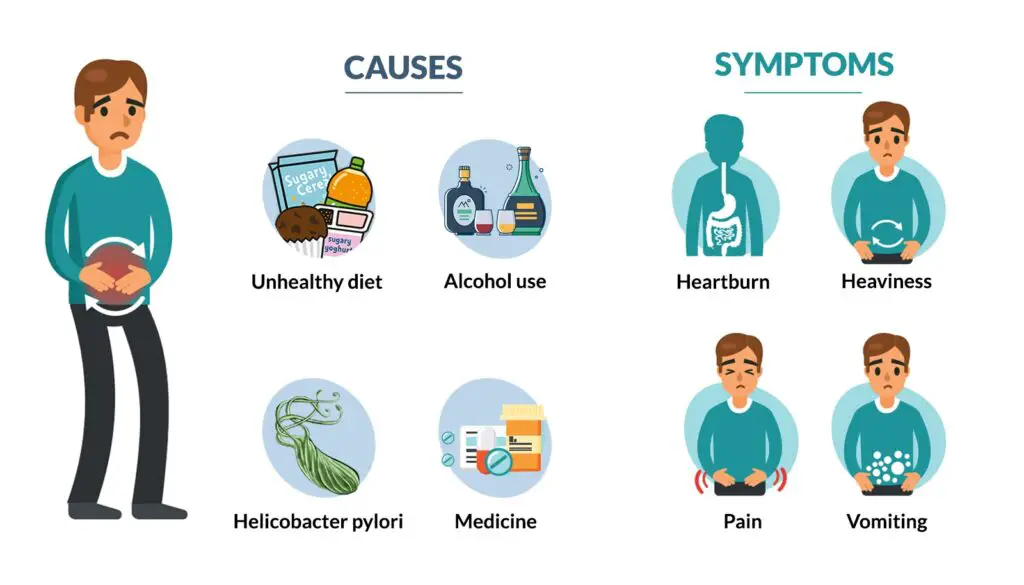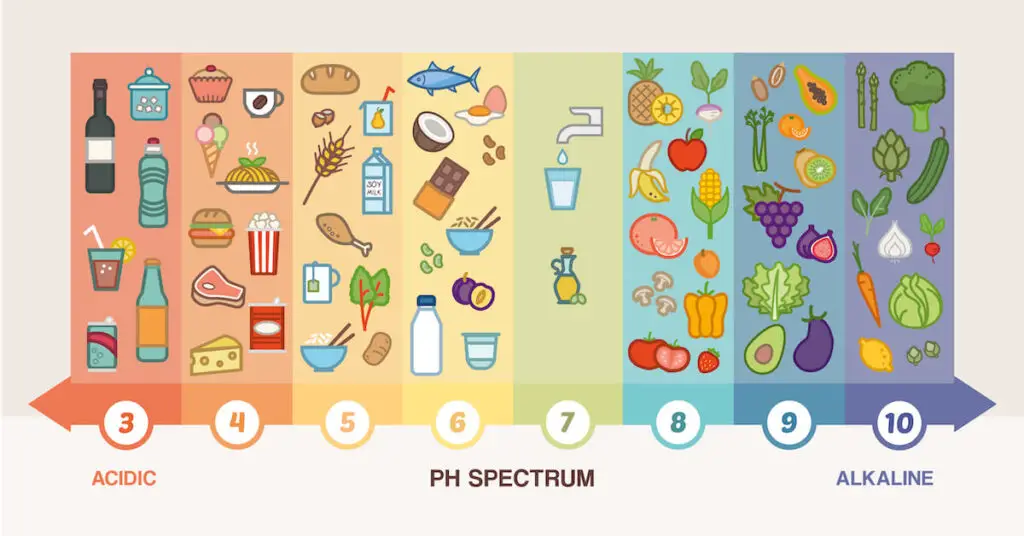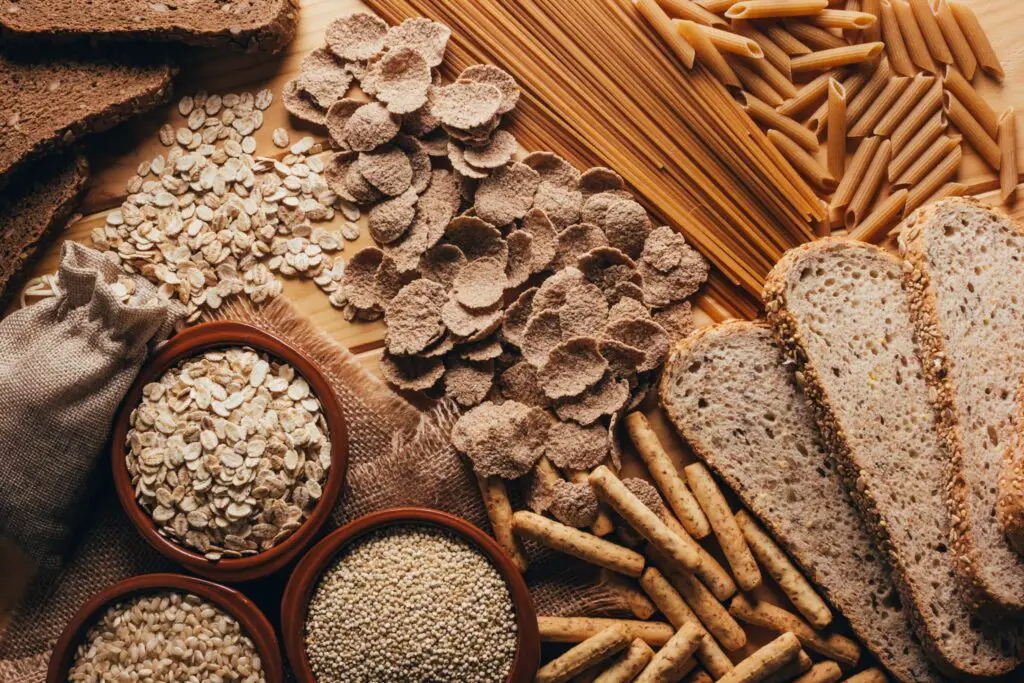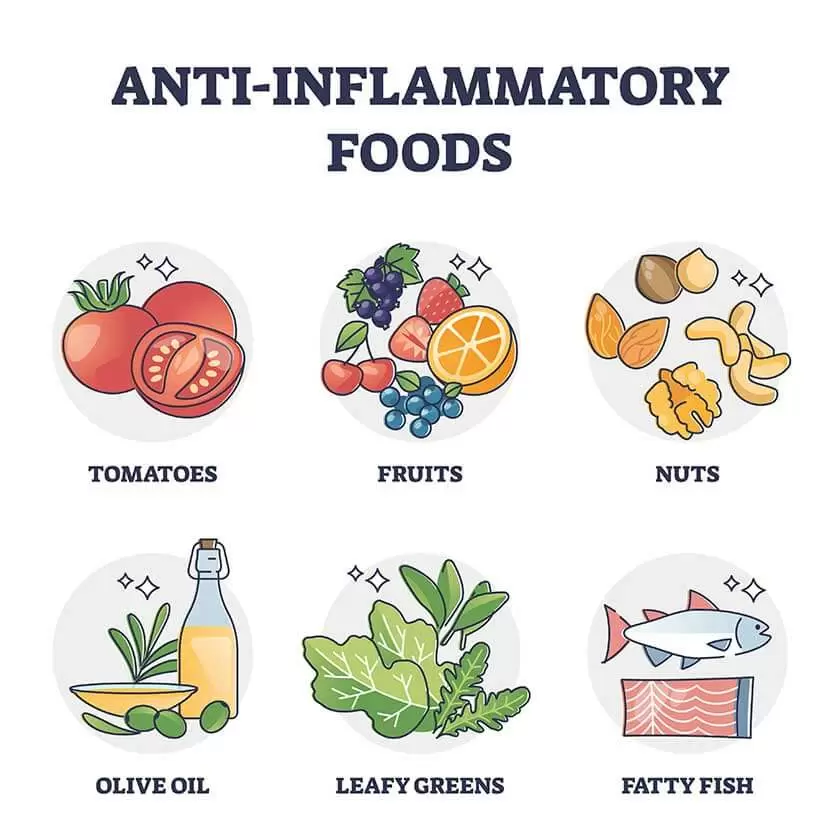The Ultimate Gastritis Diet: Foods to Eat and Avoid for Relief

Dealing with the burning pain, nausea, and bloating of gastritis? You’re not alone. Gastritis, an inflammation of the stomach lining, affects millions worldwide.
While medications can provide relief, following a strategic gastritis diet is crucial for managing symptoms and preventing serious complications.
In this comprehensive guide, we’ll explore the best (and worst) foods for a gastritis diet, so you can start soothing your angry stomach today.
What Causes Gastritis?
Gastritis can stem from various factors, including bacterial infections like H. pylori, excessive alcohol consumption, long-term use of certain medications (like NSAIDs), chronic diseases, or autoimmune disorders.

Regardless of the underlying cause, the inflammation can wreak havoc on your digestive system, leading to uncomfortable symptoms.
The Gastritis Diet: Foods to Avoid

Since gastritis involves an inflamed and irritated stomach lining, it’s essential to avoid foods that can further aggravate the condition. Here’s what to steer clear of:
- Acidic foods like citrus fruits, tomatoes, and tomato sauce
- Spicy foods and anything with hot peppers or chili powder
- Fried, greasy, or fatty foods
- Processed meats like bacon, sausage, and deli meats
- Alcohol
- Caffeinated beverages like coffee, tea, and sodas
- Sugary treats like cakes, cookies, and candy
These foods can increase stomach acid production, further irritating the already inflamed lining and exacerbating symptoms.
The Gastritis Diet: Foods to Eat

Now, let’s focus on the soothing, anti-inflammatory foods that should be the stars of your gastritis diet:
- Whole grains like oats, brown rice, and whole wheat bread/pasta
- Lean proteins such as fish, skinless poultry, eggs, and legumes
- Low-fat dairy products like yogurt and cottage cheese
- Cooked green veggies like spinach, broccoli, and green beans
- Root vegetables like carrots, sweet potatoes, and squash
- Bananas, melons, and applesauce
- Herbs and spices with potential anti-inflammatory properties like ginger, turmeric, and peppermint tea
These bland, easy-to-digest foods are low in fat and acid, making them ideal for soothing an inflamed stomach. Additionally, eating smaller, more frequent meals can help prevent overloading your digestive system.
Inflammation-Fighting Powerhouses

Since gastritis is an inflammatory condition, it’s essential to incorporate anti-inflammatory foods into your diet. Load up on:
- Berries like strawberries, blueberries, and raspberries (rich in antioxidants)
- Leafy greens like spinach and kale
- Fatty fish like salmon and mackerel (packed with omega-3s)
- Nuts and seeds like almonds and chia seeds
- Olive oil
Probiotic-rich foods like yogurt, kefir, and sauerkraut can also help boost gut health and potentially ease gastritis symptoms.
Lifestyle Tips for Gastritis Relief

In addition to following a gastritis diet, lifestyle changes can significantly impact your symptoms:
- Quit smoking and limit alcohol consumption
- Manage stress through techniques like meditation, yoga, or deep breathing
- Stay hydrated by drinking plenty of water
- Consult your doctor about stopping or modifying medications that may be contributing to gastritis
By implementing these dietary and lifestyle changes, you can take control of your gastritis and find sweet relief for your angry stomach.
Have you struggled with gastritis and found specific foods or dietary approaches helpful? Share your tips and experiences in the comments below!




